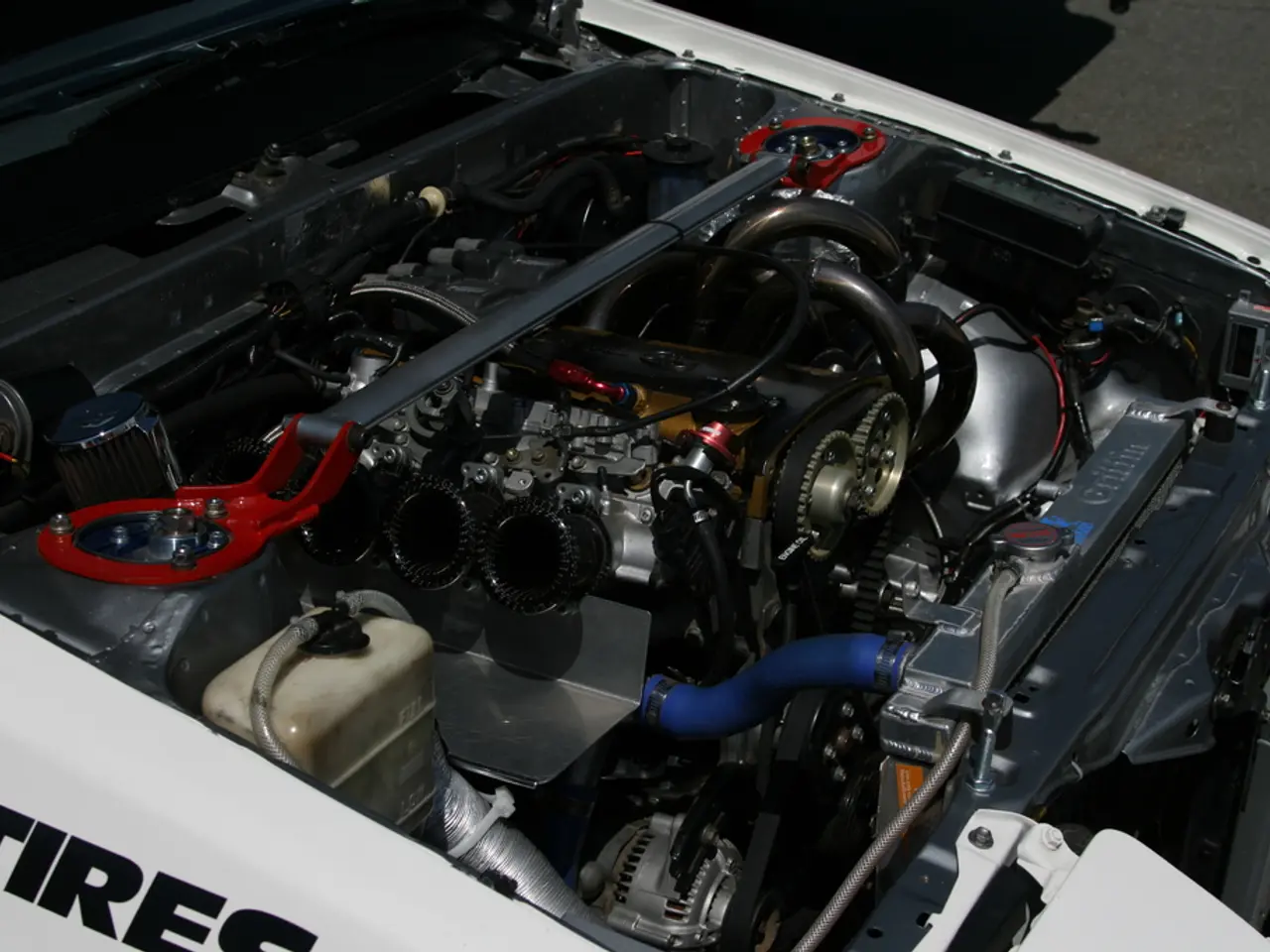Grid Stability's Hidden Ace: The Superiority of Flywheel-Battery Combinations
Hybrid Flywheel-Battery Storage Systems Revolutionize American Energy Infrastructure
In an effort to bolster grid stability and resilience, hybrid flywheel-battery storage systems are increasingly being deployed across the United States. These innovative systems combine the rapid response and mechanical durability of flywheels with the longer-duration energy capacity of batteries.
The concept of hybrid systems is simple yet effective: flywheels absorb transient stresses such as voltage spikes, frequency swings, and rapid cycling, which typically degrade batteries if operated alone under such conditions. Meanwhile, batteries supply sustained power for longer outages or shifting load demands.
One such example of a commercial hybrid project can be found at a K-12 school in Sandy, Utah, where the hybrid system powers operations and smooths geothermal loads. At Waterford School, the science center uses a hybrid system with 45 on-site geothermal wells, and the flywheel smoothes electrical load fluctuations while the battery array provides backup power and multi-hour storage.
Key benefits of these hybrid systems include grid stability and resilience, peak demand management, extended system life and lower costs, and supply chain and operational advantages. By absorbing sharp demand spikes at charging stations and commercial and industrial sites, flywheels allow batteries to sustain the power output needed to serve multiple electric vehicles or high-draw machinery.
Moreover, the hybrid operation reduces stress on batteries, extending their useful lifespan from about 8–10 years to 15–20 years. This results in lower total cost of ownership over two decades with minimal maintenance and no replacement of flywheels required.
As the demand for reliable and efficient energy storage solutions continues to grow, hybrid flywheel-battery storage systems are gaining recognition as scalable and commercially viable solutions. American-made LFP cells for batteries now deliver 3-6C performance, rivaling the world's best, and are engineered for demanding grid applications, built domestically, and designed for recyclability.
Applications for these hybrid systems span supporting rapidly growing, high-powered data centers and AI workloads that cannot tolerate even millisecond grid interruptions, electric vehicle fast-charging infrastructure, where load spikes are significant and flexible response is needed to prevent costly grid upgrades, and commercial and industrial sites requiring stable, reliable power under variable and demanding conditions.
In the broader American energy infrastructure, these hybrid systems are increasingly recognized as a crucial part of a diversified and distributed grid strategy pairing mechanical durability with chemical battery efficiency and intelligent control systems from the grid edge inward. Together, batteries and flywheels create a storage platform that gets stronger under stress, not weaker.
As the U.S. electricity consumption reaches an all-time high and is expected to continue rising, these hybrid systems offer durable, cost-effective, and technologically adaptive solutions that improve grid stability, resilience, and economic viability under growing renewable integration and evolving load demands. The challenge now is recognizing where hybrid systems fit and scaling them intelligently to meet the significant capital needs (estimated at $1.1 trillion over the next decade for the U.S. grid).
- The renewable-energy industry is increasingly investigating hybrid flywheel-battery systems, such as the one at Waterford School in Sandy, Utah, as a means to enhance the stability and resilience of power grids.
- In the finance sector, the integration of data-and-cloud-computing technology and hybrid flywheel-battery systems is critical, as these systems are essential for the operation of rapidly growing, high-powered data centers and AI workloads that demand uninterrupted power.
- As the demand for reliable energy storage solutions continues to rise, the technology industry is working on improving lithium-ion batteries used in hybrid systems, making them more cost-effective, efficient, and domestically produced, thereby addressing the challenges posed by increasing renewable integration and evolving load demands in the finance- and business-oriented sectors.




